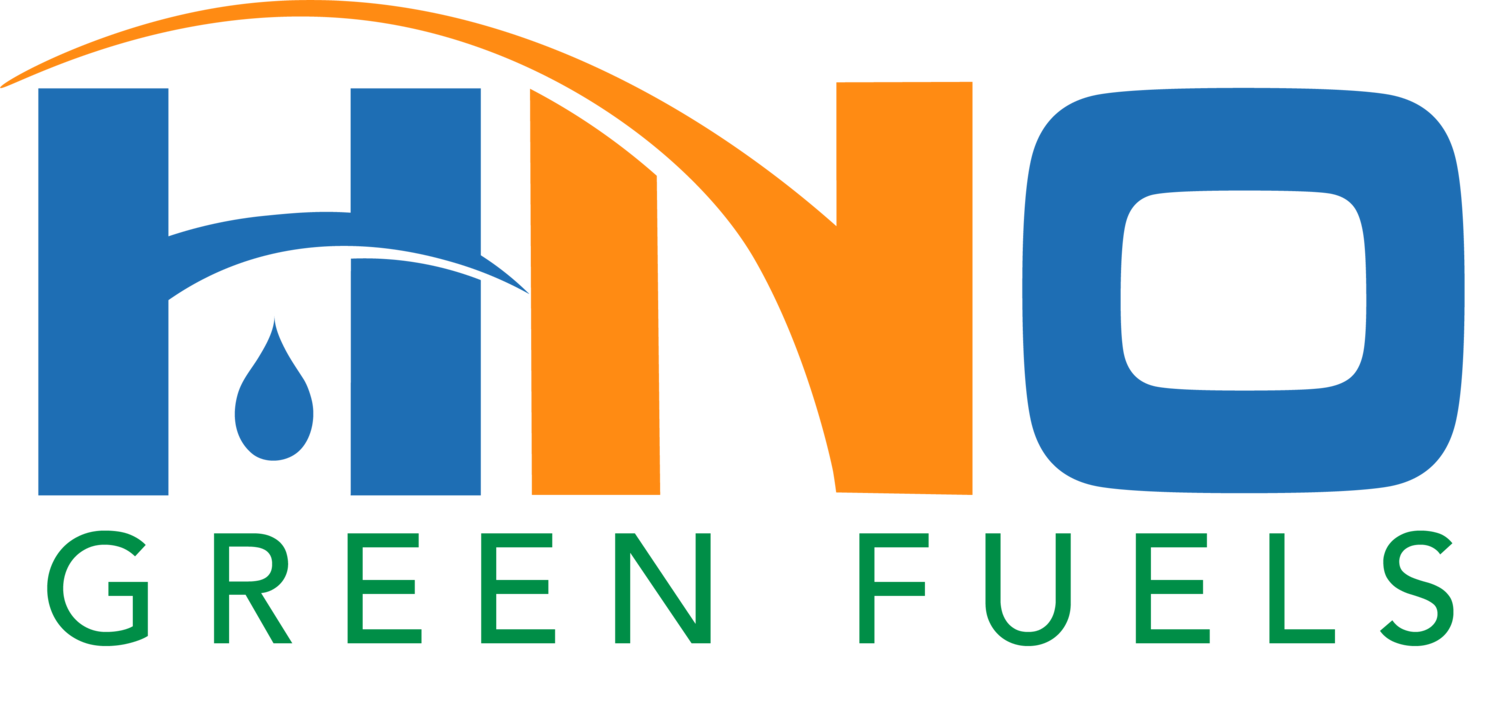Hydrogen Delivery
How Is Hydrogen Delivered Today?
Currently there are three main transportation methods for hydrogen used by suppliers; gaseous pipelines, pressurized tube trailers and cryogenic liquid tankers. In special cases, liquefied hydrogen is transported by barge.
Transmission by pipeline is a low cost way to deliver large amounts of low pressurized hydrogen gas. Several lines have been built in the U.S., specifically near large petroleum refineries and chemical plants in Illinois, California, and along the Gulf Coast. However, in comparison with the more than 300,000 miles of natural gas pipelines, the current hydrogen pipeline infrastructure in the U.S. is very small, at roughly 1,600 miles.1 Pressurized tube trailers transport compressed hydrogen gas over the road at pressures between 3,000 to 7,000 psi (200 to 500 bar). This option is used primarily to move modest amounts of hydrogen over relatively short distances. This method tends to become cost prohibitive when the distances are greater than 200 miles from the point of production. For longer distances, liquefied hydrogen (hydrogen that has been cooled to -253˚C) is the preferred option, in the absence of an existing pipeline. Liquefied hydrogen is more dense and contains greater energy content than gaseous hydrogen. Liquefaction is costly because the process requires a substantial amount of energy— more than 30% of the energy content of the hydrogen.
What Are the Challenges?
Economical transport of hydrogen is challenging. Pipeline transport requires a large initial capital investment to construct pipeline infrastructure. Reduction is these costs require greater understanding of interactions between steel and hydrogen (i.e., materials compatibility) and development of reliable compressors for high volumes of gas.
The location and method of hydrogen production also affects the cost of delivery. Distributed production at the point of use, such as directly at refueling stations or stationary power sites, eliminates the transportation costs for hydrogen delivery. Conversely, production in large central plants requires long-distance transport that increases delivery costs. However, central production also results in lower production costs due to greater economies of scale. Also, high pressure production methods can reduce the costs associated with compression but may increase production costs. Due to these tradeoffs it is important that production and delivery pathways are analyzed together.
Research Directions
Researchers are working to better understand the options and trade-offs for hydrogen delivery from central and distributed production sites under various transmission and distribution scenarios. Research is also focused on developing:
• Lower-cost, more reliable hydrogen compression technology
• New materials for lower-cost hydrogen pipelines
• More energy-efficient and lower-cost hydrogen liquefaction processes
• Integration of components at fueling stations
Building a national hydrogen delivery infrastructure is a significant challenge. The infrastructure will take time to develop and will likely include various technology combinations. Infrastructure needs and resources will vary by region and by type of market; (e.g., urban, interstate, or rural), and the delivery mix will continue to evolve as the demand for hydrogen grows and as production and delivery technologies develop and mature.
Infrastructure
There are currently more than 50 hydrogen fueling stations of which about 25 are public retail stations (and more are coming on line as we speak). In California, $100M through 2023 is planned for hydrogen infrastructure development with a goal of 100 public stations. In the northeast as well, industry stakeholders have planned for 12 to 25 stations to meet early FCEV rollouts. Northeastern states such as MA, NY and CT all have preliminary plans for the development of hydrogen infrastructure and deployment of FCEVs in the north eastern coastal metro centers. The 8-state MOU is an example of collaborative efforts to increase the share of alternative fuel automobiles in transportation. These 8 states (NY, NJ, CT, RI, MA, MD, CA, and OR) have all committed to put 3.3M ZEVs on roads by 2025.
For More Information
More information on the Fuel Cell Technologies Office is available at http://www.hydrogenandfuelcells.energy.gov.
References
Pipeline and Hazardous Materials Safety Administration (http://www.phmsa.dot.gov/pipeline/library/data-stats/pipelinemileagefacilities)



